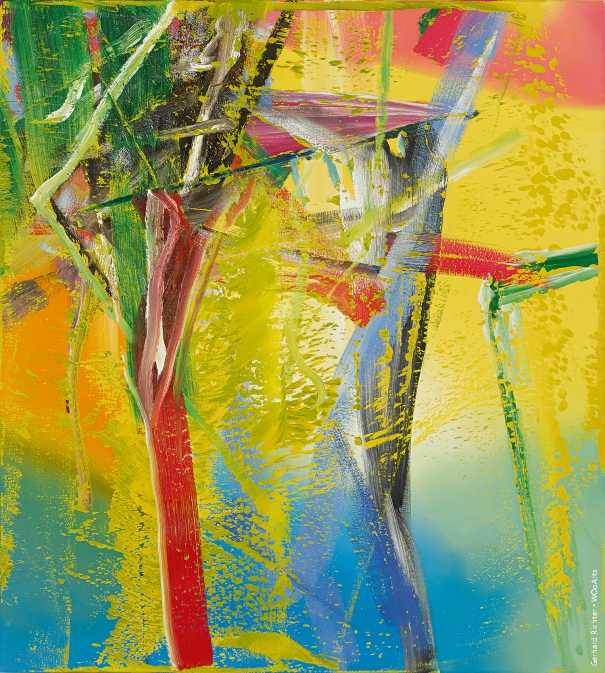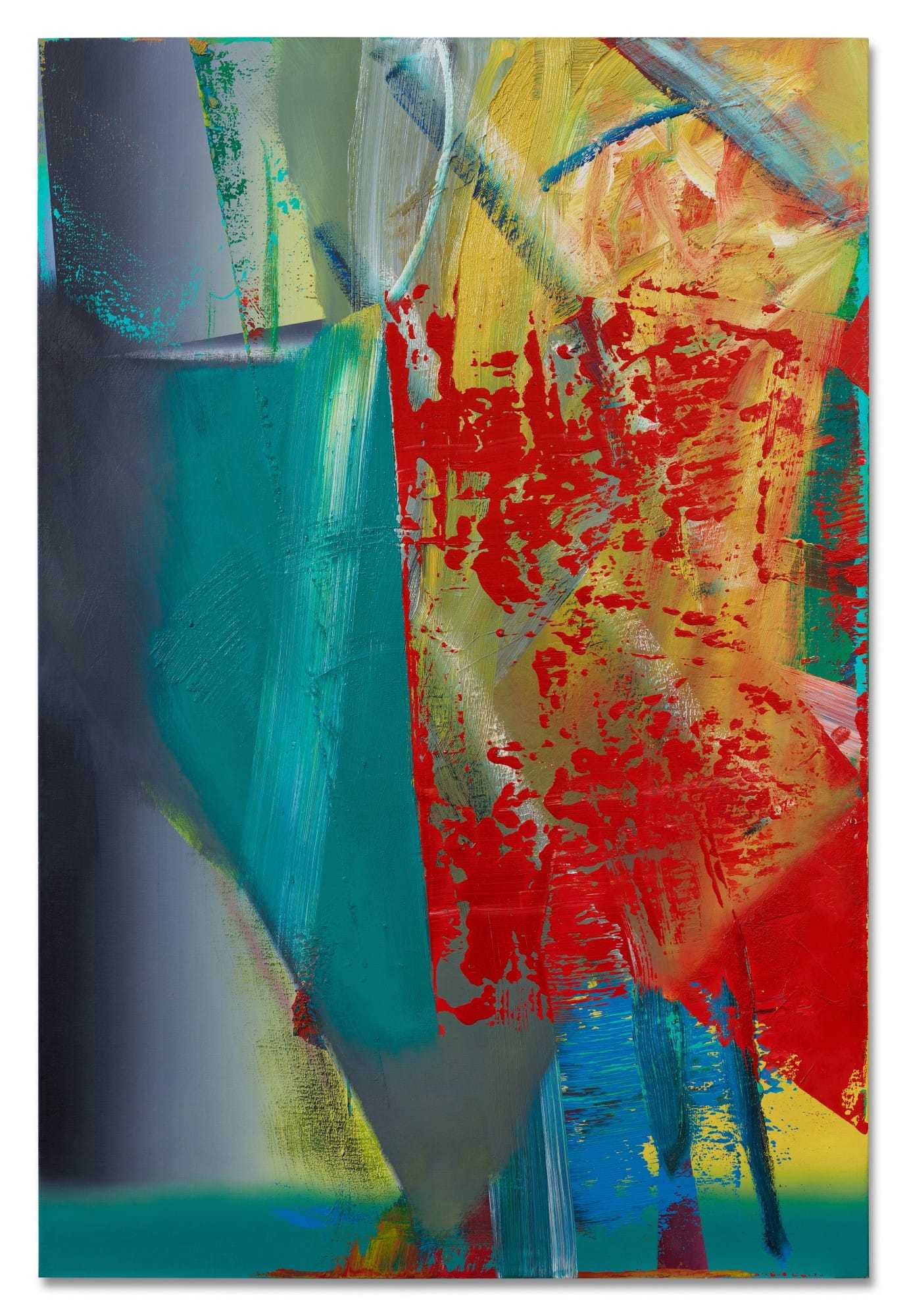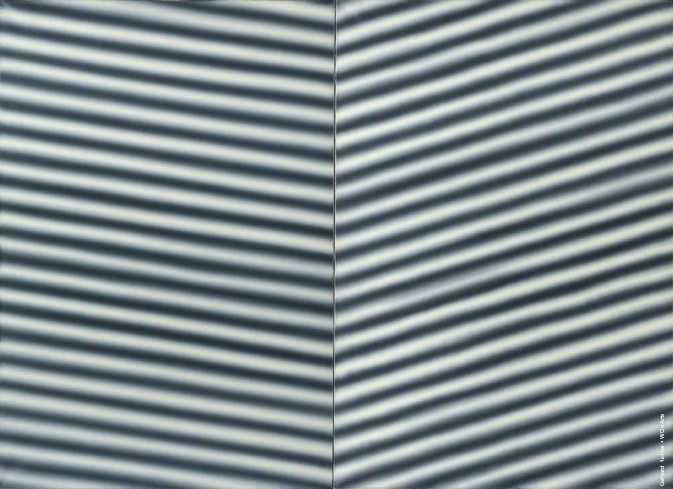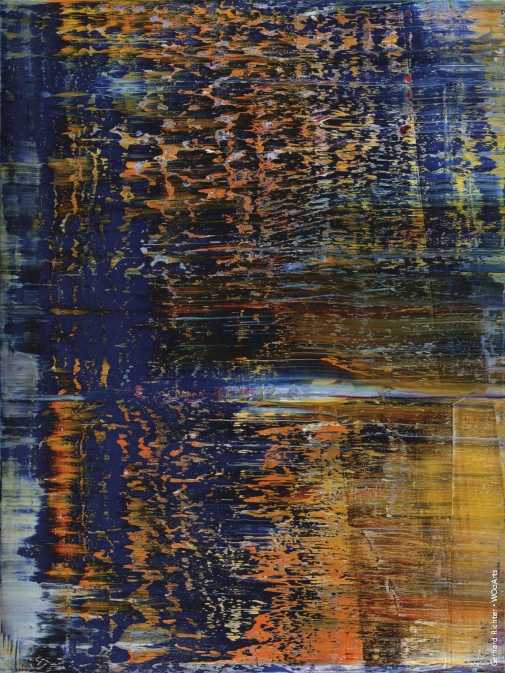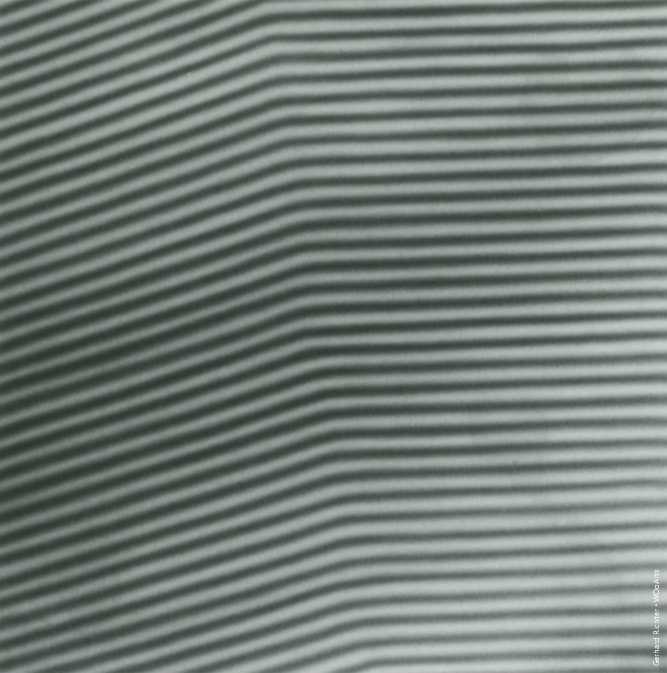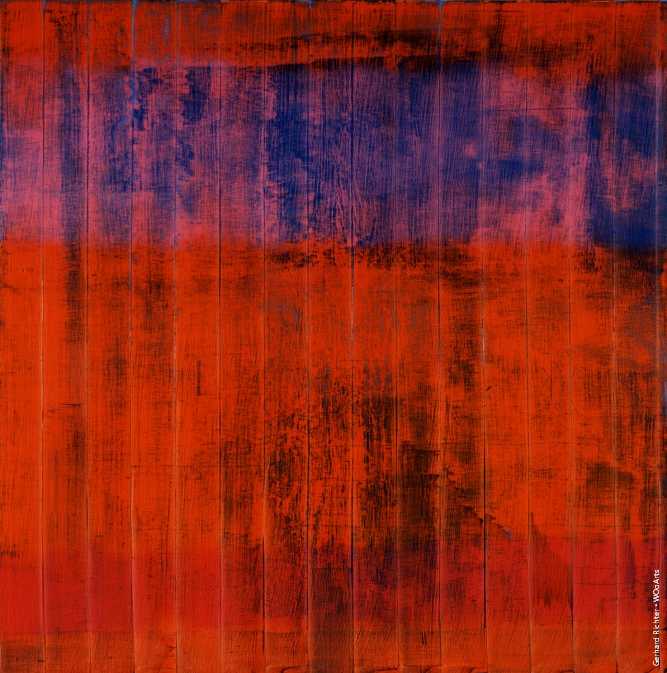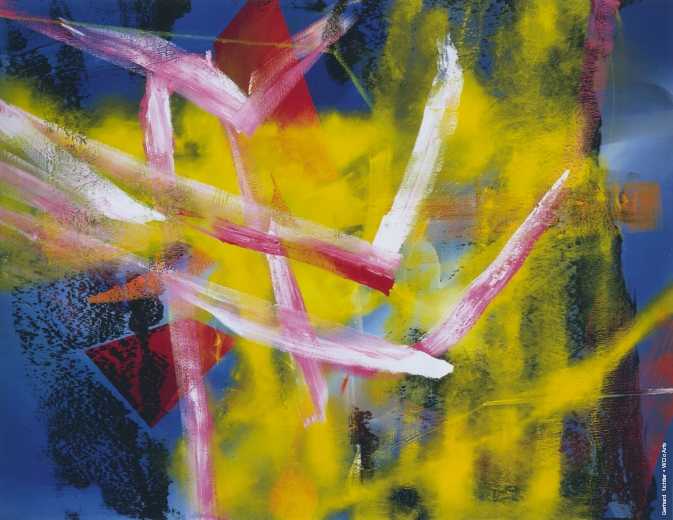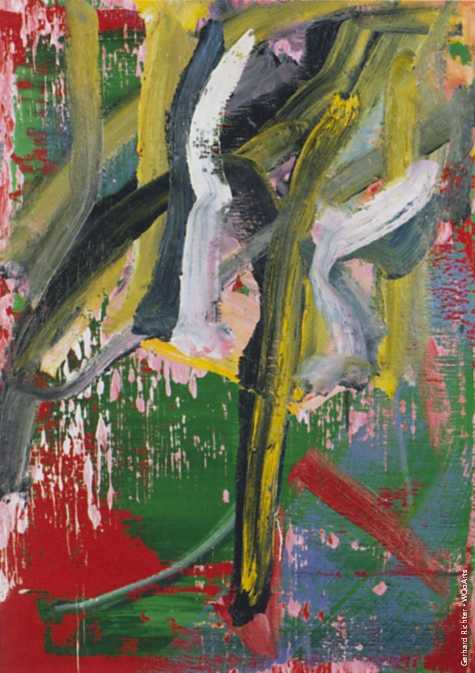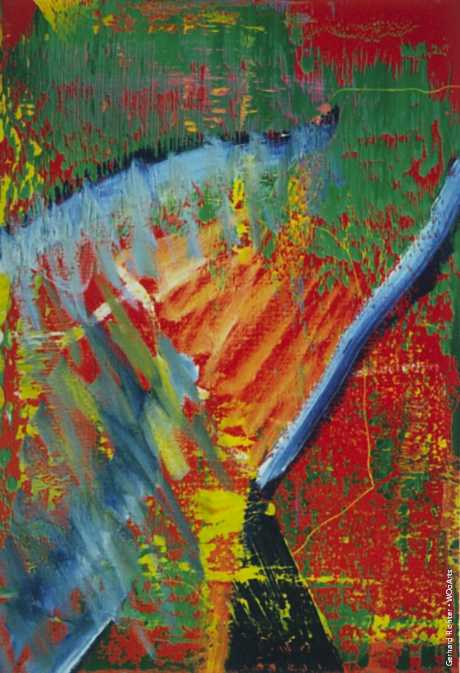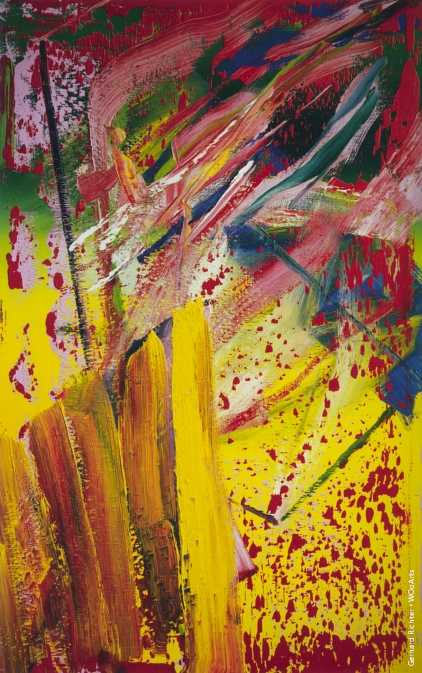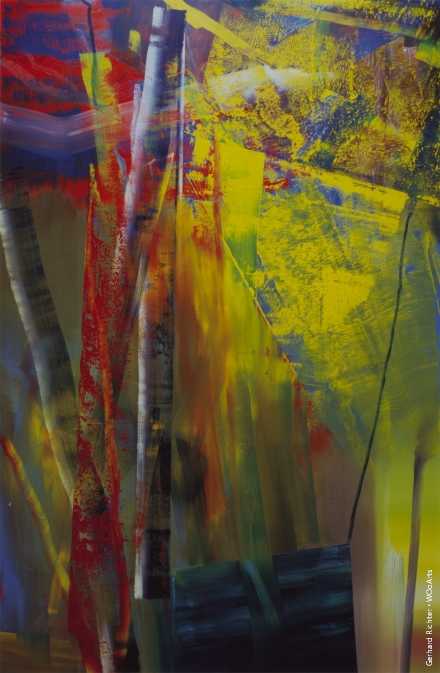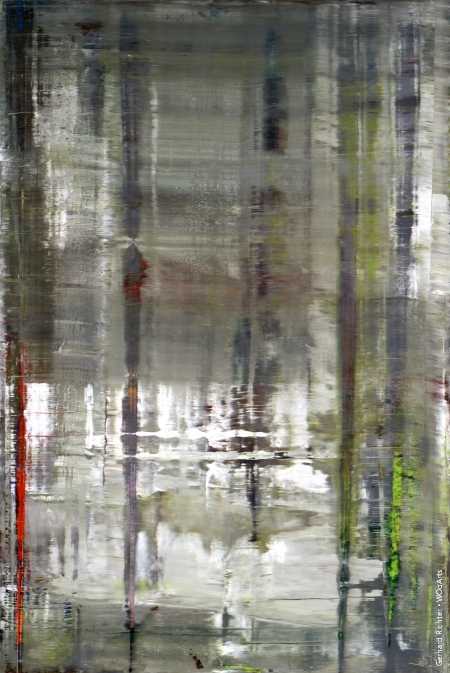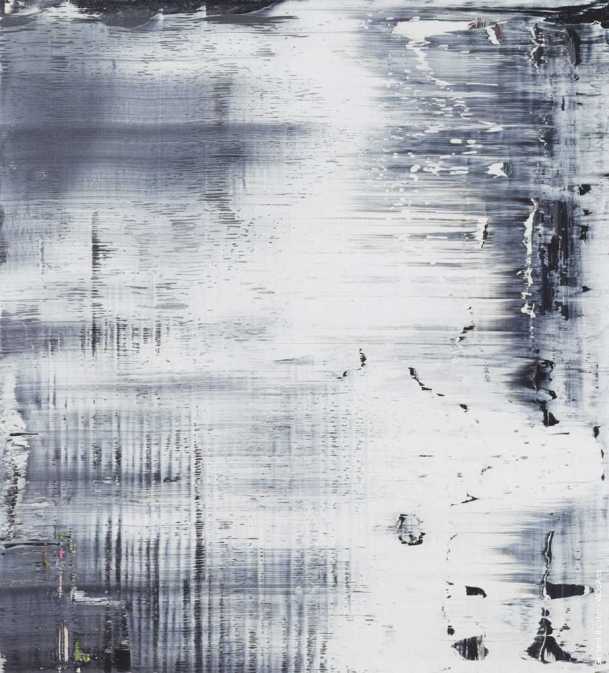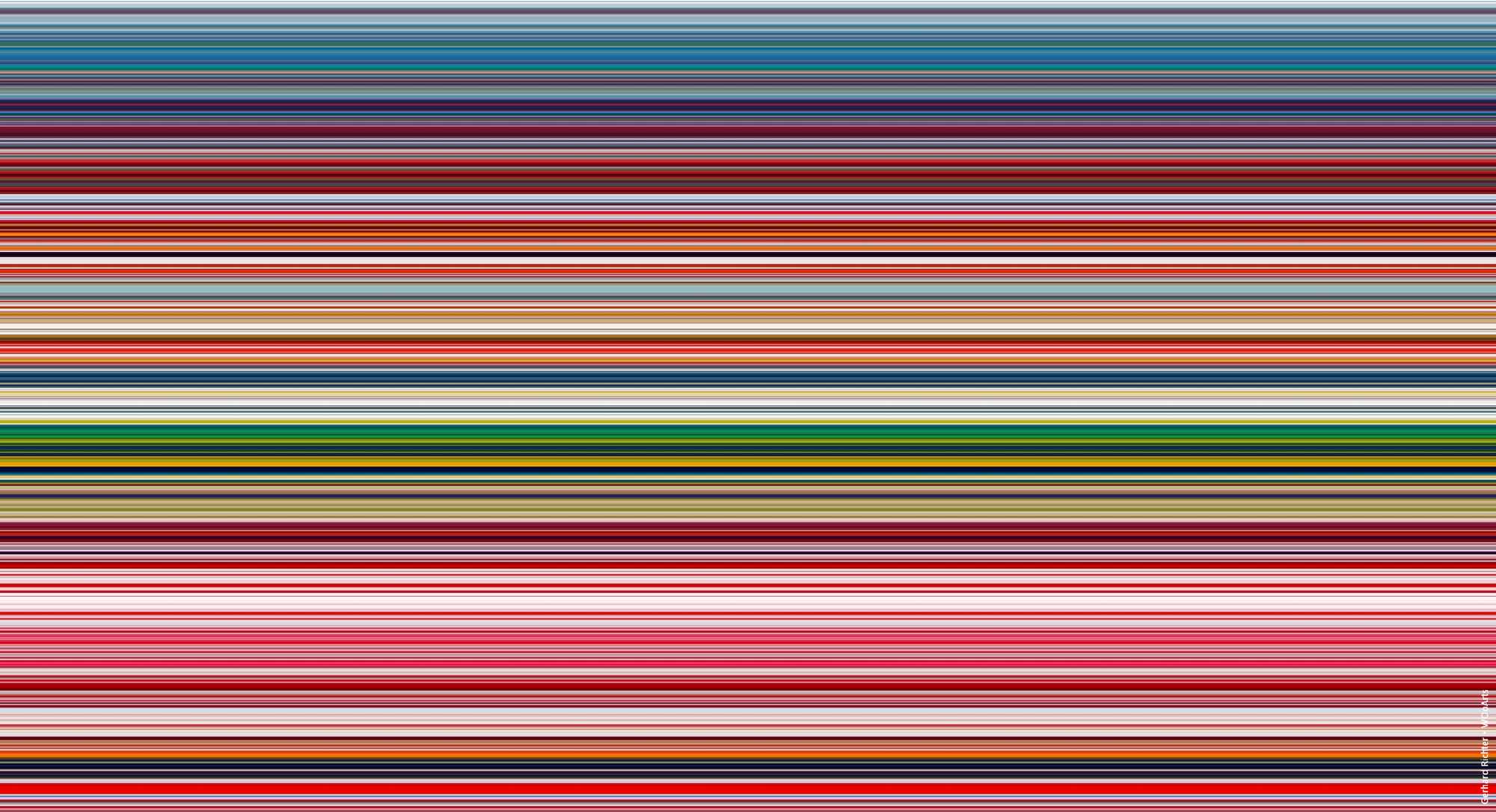Chromatic Complexity: Decoding the Artistry of Gerhard Richter

- Photorealistic Panoramas: Richter’s early works showcase unparalleled commitment to photorealism.
- Abstract Gestures: The artist’s foray into abstraction reveals bold gestures and emotional landscapes.
- Squeegee Technique: Unconventional use of a squeegee adds fascinating textures and spontaneity.
- Blurring Boundaries: Richter challenges perception through intentional blurs and soft-focus techniques.
- Color as Emotion: Nuanced color palettes evoke specific emotions, revealing Richter’s mastery.
Gerhard Richter’s art is a kaleidoscope of styles, a testament to his ceaseless exploration and experimentation. From the precision of photorealism to the emotive depths of abstraction, Richter’s works resonate with viewers on a profound level. His ability to navigate diverse artistic terrains and challenge conventional boundaries solidifies his legacy as an artist who continues to captivate, inspire, and redefine the ever-evolving landscape of contemporary art.
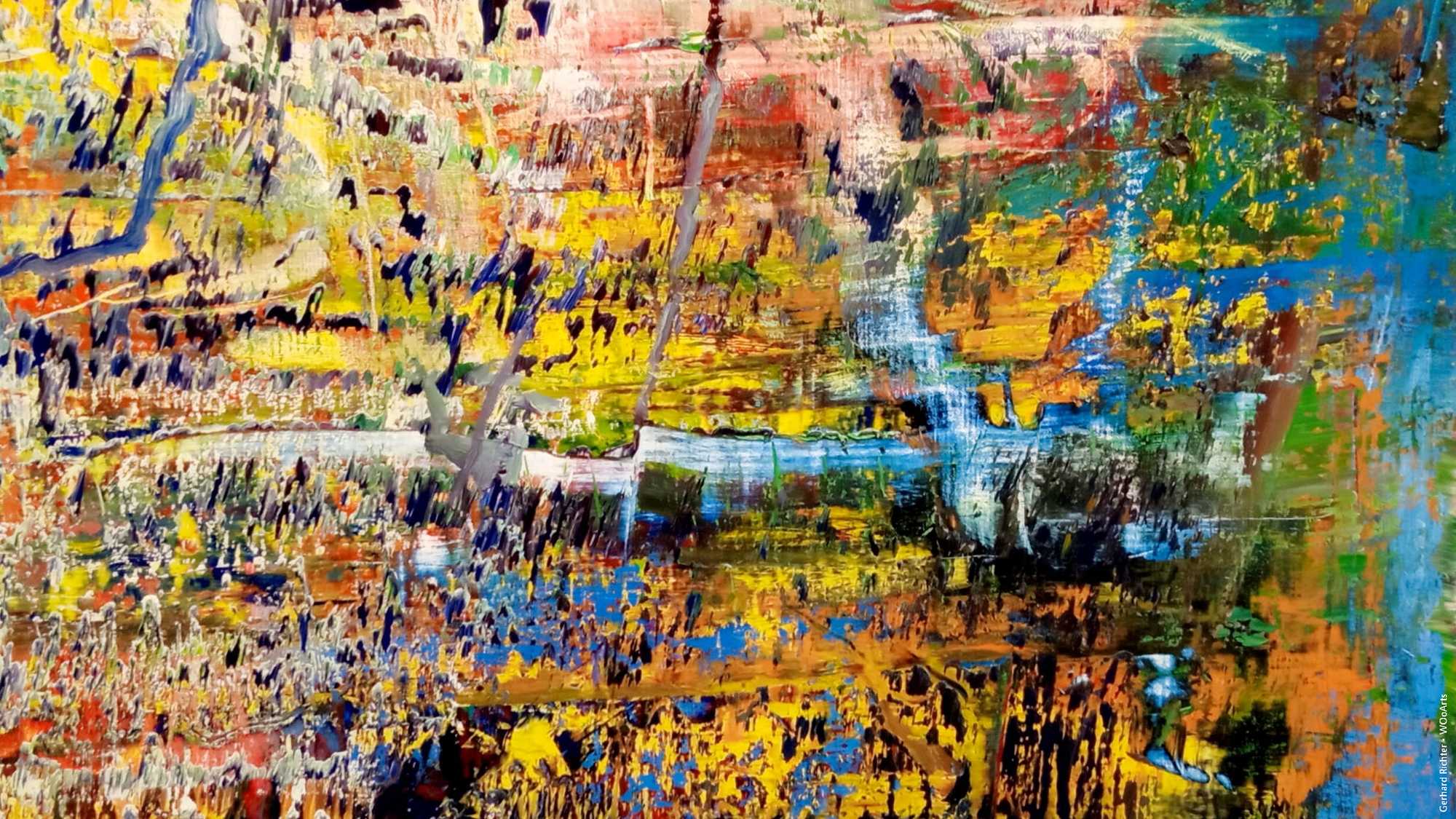
Gerhard Richter, a luminary in the world of contemporary art, has long held audiences captive with his enigmatic and diverse body of work. His artistic journey spans photorealistic paintings, abstract compositions, and everything in between. In this exploration, we delve into the intricacies of Richter’s art style, decoding the visual language that has made him a defining figure in the realm of modern art.
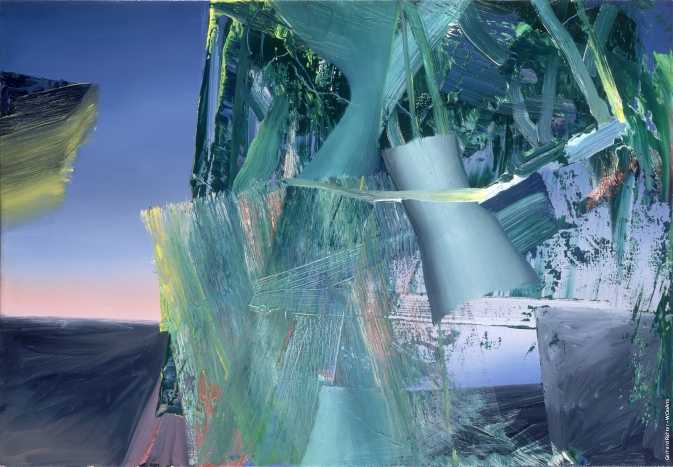
I. Photorealistic Panoramas: Richter’s early works are characterized by an astonishing commitment to photorealism. His ability to render scenes with meticulous detail blurs the line between reality and representation. Whether capturing urban landscapes or intimate portraits, Richter’s photorealistic panoramas are a testament to his technical prowess.
II. Abstract Gestures: In a departure from realism, Richter seamlessly transitions into the realm of abstraction. His abstract works are marked by bold gestures, where layers of color and texture coalesce into dynamic compositions. The artist’s intuitive approach to abstraction invites viewers to navigate the emotional landscapes within each piece.
III. Squeegee Technique: One of Richter’s signature techniques involves using a squeegee to manipulate wet paint on the canvas. This unconventional method results in fascinating textures, creating a visual depth that transcends the two-dimensional plane. The squeegee becomes an extension of Richter’s artistic expression, adding an element of spontaneity to his compositions.
IV. Blurring Boundaries: Richter’s penchant for blurring boundaries extends beyond his choice of subjects. Whether through intentional smudges or the use of soft-focus techniques, he challenges the viewer’s perception, prompting a closer examination of the interplay between clarity and ambiguity within his works.
V. Color as Emotion: A striking feature of Richter’s art is his nuanced use of color. From muted greys to vibrant hues, each palette is carefully chosen to evoke specific emotions. The artist’s understanding of color psychology adds a layer of complexity, allowing viewers to connect with the underlying emotional currents in his pieces.
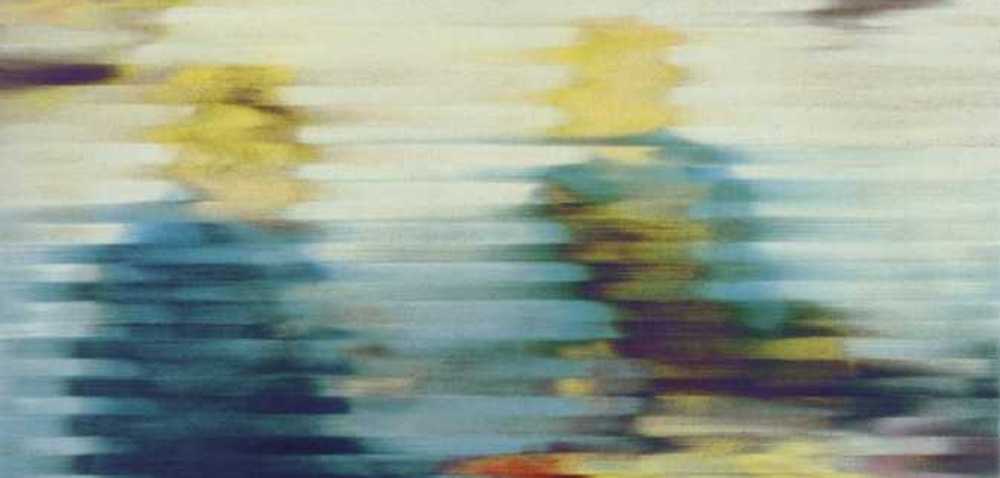
Gerhard Richter is one of the most influential and versatile painters of the contemporary era. His art style is not easily categorized, as he has experimented with various techniques, genres, and media throughout his long career. However, some of the common themes and features that can be observed in his works are:
- The use of photography as a source and a challenge for painting. Richter often bases his paintings on photographs, either from his own collection or from mass media. He then manipulates the images by blurring, cropping, enlarging, or distorting them, creating a sense of ambiguity and unreliability. He questions the notion of realism and truth in both photography and painting, and explores the relationship between representation and abstraction.
- The balance between control and chance in the painting process. Richter employs a variety of methods to create his paintings, ranging from meticulous brushwork to spontaneous gestures. He also uses tools such as squeegees, knives, or rags to scrape, smear, or wipe the paint on the canvas, producing unexpected effects and textures. He embraces the element of randomness and unpredictability in his work, while also maintaining a sense of order and harmony.
- The diversity and dialogue of styles and subjects. Richter does not limit himself to one style or genre, but rather experiments with different modes of expression and forms of art. He has created photorealistic portraits, landscapes, and still lifes, as well as abstract compositions, color charts, and glass sculptures. He has also engaged with historical and political topics, such as the Holocaust, the Cold War, and terrorism, as well as personal and intimate themes, such as his family, friends, and lovers. He juxtaposes and combines different styles and subjects, creating a rich and complex artistic discourse.
Some of the examples of Richter’s art style are:
- Mund (Mouth) (Brigitte Bardot’s Lips) (1963): This painting is based on a photograph of the famous French actress Brigitte Bardot, whose lips are enlarged and blurred to create a sensual and mysterious image. Richter uses a projector to transfer the image onto the canvas, and then paints over it with oil. He challenges the conventions of portraiture and the cult of celebrity, while also paying homage to Pop Art and its fascination with mass media icons.
- Abstract Painting (1992): This painting is one of Richter’s many abstract works, in which he applies layers of paint with a squeegee, creating a dynamic and colorful surface. The paint is scraped and dragged across the canvas, revealing and concealing the underlying layers. The result is a vibrant and expressive composition, in which the traces of the artist’s movements and the accidents of the process are visible.
- September (2005): This painting is based on a photograph of the terrorist attack on the World Trade Center on September 11, 2001. Richter transforms the image by obscuring and distorting it with gray paint, creating a blurred and somber impression. He evokes the horror and trauma of the event, while also suggesting the difficulty and inadequacy of representing it.
To summarize, Richter’s art style is characterized by:
- The use of photography as a source and a challenge for painting
- The balance between control and chance in the painting process
- The diversity and dialogue of styles and subjects
His works reflect his artistic vision and experimentation, as well as his engagement with the cultural and historical context of his time. He is widely regarded as one of the most important and innovative painters of the 20th and 21st centuries.
Gerhard Richter was born in Dresden on 9th February 1932, the first child of Horst and Hildegard Richter. A daughter, Gisela, followed four years later. They were in many respects an average middle-class family: Horst worked as a teacher at a secondary school in Dresden and Hildegard was a bookseller who liked to play the piano.1 In an interview with Robert Storr, Richter described his early family life as ‘simple, orderly, structured – mother playing the piano and father earning money.’2
In 1935, Horst accepted a teaching position at a school in Reichenau, a town which today is known as Bogatynia in Poland, at the time located in the German province Saxony. Settling in Reichenau was a drastic change for the family, which was accustomed to the vivid cultural life of the larger Dresden.3 Yet, it was also a move which would keep the family largely safe from the coming war. In the late 1930s Horst was conscripted into the German army, captured by Allied forces and detained as a prisoner of war until Germany’s defeat. In 1946, he was released and returned to his family, who had again relocated, this time to Waltersdorf, a village on the Czech border.
The post-war years caused difficulties for the Richter family, as for many others. Horst’s return was not that of a war-hero. Commenting on this period in later life, Richter reflected: ‘[Horst] shared most father’s fate at the time […] nobody wanted them.’4 In an interview from 2004, he added: ‘[we] were so alienated that we didn’t know how to deal with each other.’5 Horst’s former membership of the National Socialist Party, which all teachers had been obliged to join under the Nazi regime, made it difficult for him to return to teaching. He eventually ended up working in a textile mill in nearby in Zittau, before finding a post as an administrator of a distance learning programme for an educational institution in Dresden.6
Richter has remarked on his early years with a mixture of fondness and frustration, sadness and excitement. He reminisced about the house in which he was born, on Grossenhainer Strasse in Dresden: ‘[it] was not far from the original Circus Sarrasani building, where – as a young boy – I could see the elephant stalls through the cellar windows. I remember my great-grandmother’s sewing box, made of armadillo skin, and a man falling from a ladder – something that, according to my parents, only I had seen.’7 Not much is documented about Richter’s time in Reichenau, but he has talked about his experiences of Waltersdorf: ‘we had moved to a new village, and automatically I was an outsider. I couldn’t speak the dialect and so on.’8 In 1942, because he turned 10 years old, Richter was required to join the ‘Pimpfen’, a mandatory organisation for children that prepared them for the Hitler Youth. Later, Richter attended grammar school in Zittau but eventually dropped out. He has been described as ‘a highly gifted child but notoriously bad in school,’9 with Dietmar Elger noting that ‘he even got poor grades in drawing.’10 He ended up attending a vocational school instead, studying stenography, bookkeeping, and Russian.
While too young to be drafted into the German army during the Second World War, the war nonetheless had a deep impact on Richter. The family experienced economic hardship and personal loss: Hildegard’s brothers, Rudi and Alfred, and sister, Marianne, all died as a consequence of the war. ‘It was sad when my mother’s brothers fell in battle. First the one, then the other. I’ll never forget how the women screamed,’11 Richter recalls. Marianne, who suffered from mental health problems, was starved to death in a psychiatric clinic.12
Even though Waltersdorf was spared the extensive bombing that nearby Dresden was exposed to, it was not sheltered. Speaking to Jan-Thorn Prikker, Richter has said: ‘the retreating German soldiers, the convoys, the low-flying Russian planes shooting at refugees, the trenches, the weapons lying around everywhere, artillery, broken down cars. Then the invasion of the Russians […] ransacking, rapes, a huge camp where us kids sometimes got barley soup.’13 As a child, the military had fascinated Richter: ‘When the soldiers came through the village, I went up to them and wanted to join them.’14 He explained to Storr: ‘when you’re twelve years old you’re too little to understand all that ideological hocus- pocus.’15 Richter remembers playing in the woods and trenches with his friends, shooting with forgotten rifles which they found lying around: ‘I thought it was great. […] I was fascinated, like all kids.’16 The bombings of Dresden made an enduring impression on Richter: ‘in the night, everyone came out onto the street of our village 100 kilometers away. Dresden was being bombed, ‘now, at this moment!’17
Following the Potsdam agreement at the end of the war, the area in which Richter lived fell under Soviet control. The Second World War profoundly changed the face of the country that Richter had been born into, which had a lasting effect on Richter’s education and later artistic practice.
- Dietmar Elger, Gerhard Richter, A Life in Painting, (translated by Elizabeth M. Solaro) University of Chicago Press, Chicago and London, 2009, p.4.
- Interview with Richter by Robert Storr, conducted with the assistance of Catharina Manchanda, April 21-23, 2001. Cited in Robert Storr, Gerhard Richter, Forty Years of Painting, The Museum of Modern Art, New York, 2002, p.19. Elger adds: ‘the artist recalls growing up an ordinary child in an ordinary household struggling to cope with the extraordinary pressures of National Socialism’. Elger, A Life in Painting, p.4.
- Elger describes Reichenau as ‘a drab locale steeped in heavy industry’, A Life in Painting, p.5.
- Interview with Richter by Robert Storr. Cited in Forty Years of Painting, p.19.
- Interview with Jan Thorn-Prikker, 2004. Gerhard Richter: Text, Thames & Hudson, London, p.465.
- Elger, A Life in Painting, footnote 6, p.358.
- Interview with Jan Thorn-Prikker, 2004. Gerhard Richter: Text, p.466.
- Interview with Richter by Robert Storr, Gerhard Richter: Text, p.375.
- Jürgen Harten [ed.], Gerhard Richter Bilder Paintings 1962-1985, p.9.
- Elger, A Life in Painting, p.7.
- Interview with Jan Thorn-Prikker, 2004. Gerhard Richter: Text, pp.466-467. 12 Elger, A Life in Painting, p.6.
- Interview with Jan Thorn-Prikker, 2004. Gerhard Richter: Text, p.466.
- Interview with Anna Tilroe, 1987. Ibid., p.197.
- Storr, Forty Years of Painting, p.19.
- Interview with Jan Thorn-Prikker, 2004. Gerhard Richter: Text, p.466.
- Interview with Richter by Robert Storr. Cited in Forty Years of Painting, p.19.
Blurring the Lines: A Look at Gerhard Richter’s Elusive Aesthetic
Gerhard Richter, the enigmatic titan of contemporary art, has spent decades mesmerizing audiences with his captivating canvases. His vast oeuvre, spanning abstract blurriness to photorealistic portraiture, defies easy categorization, leaving viewers tantalized by the enigmatic dance between representation and abstraction. Today, we delve into the essence of Richter’s style, unearthing the key elements that make his work so profoundly captivating.
1. Blurred Boundaries: Embracing Ambiguity
Perhaps the most instantly recognizable signature of Richter’s art is his embrace of blur. From the iconic Photorealist works like “Betty” to the abstract landscapes of his squeegee series, blur acts as a powerful tool for Richter. It disrupts our привычное восприятие, forcing us to question what we see, and inviting us to participate in the act of making meaning. The blurred figures and landscapes become vessels for projection, mirroring the uncertainty and ambiguity inherent in our own interpretations of the world.
2. The Photorealist Paradox: Fact or Fiction?
Richter’s photorealistic works present a fascinating paradox. He meticulously reproduces photographs with such technical virtuosity that the viewer is initially drawn into a hyperreal world. Yet, upon closer inspection, subtle distortions and manipulations emerge, reminding us that the image is ultimately a construction, a carefully curated narrative crafted by the artist. This play with illusion and reality compels us to question the very notion of objectivity in art and photography, highlighting the constructed nature of all visual representation.
3. Beyond the Canvas: Embracing Chance and Process
Richter is not a slave to precision. He incorporates chance and unexpected outcomes into his creative process, often employing unconventional techniques like squeegees and paint scrapers. These interventions introduce elements of serendipity and chaos, creating textures and effects that defy control. This embrace of the unpredictable injects a sense of rawness and vitality into his work, reminding us that art can be a process of discovery as much as it is a finished product.
4. The Allure of Repetition: Finding Meaning in Monotony
Repetition plays a significant role in Richter’s artistic vocabulary. Whether it’s the seemingly endless gray canvases of his “Gray” series or the repeated motifs of clouds and seascapes, he invites us to contemplate the subtle variations within monotony. These repetitive works challenge our perception of time and space, creating a meditative quality that draws viewers into a contemplative state.
5. A Journey of Transformation: The Evolving Self
Richter’s art is not static. It is a testament to his continuous artistic evolution, a restless exploration of different styles and techniques. From the vibrant abstractions of his early works to the somber monochromes of his later period, each phase reflects a facet of his ever-transforming artistic persona. This constant metamorphosis keeps his work fresh and engaging, inviting viewers to join him on a journey of artistic discovery.
Takeaway: Decoding Richter’s Art
- Embrace the Blur: See ambiguity as an invitation to participate in the creation of meaning.
- Question Reality: Remember that even the most realistic images are subjective constructions.
- The Beauty of Chance: Appreciate the role of serendipity and process in artistic creation.
- Find Meaning in Monotony: Look beyond the surface and contemplate the subtle variations within repetition.
- Embrace Transformation: See artistic evolution as a journey of continuous self-discovery.
Gerhard Richter’s art is a complex tapestry woven from ambiguity, technical brilliance, and a constant dialogue with the nature of representation. By understanding the key elements of his style, we gain not only a deeper appreciation for his work but also a valuable lens through which to view the world around us. So, let us embrace the blur, question what we see, and join Richter on this captivating journey of artistic exploration.



